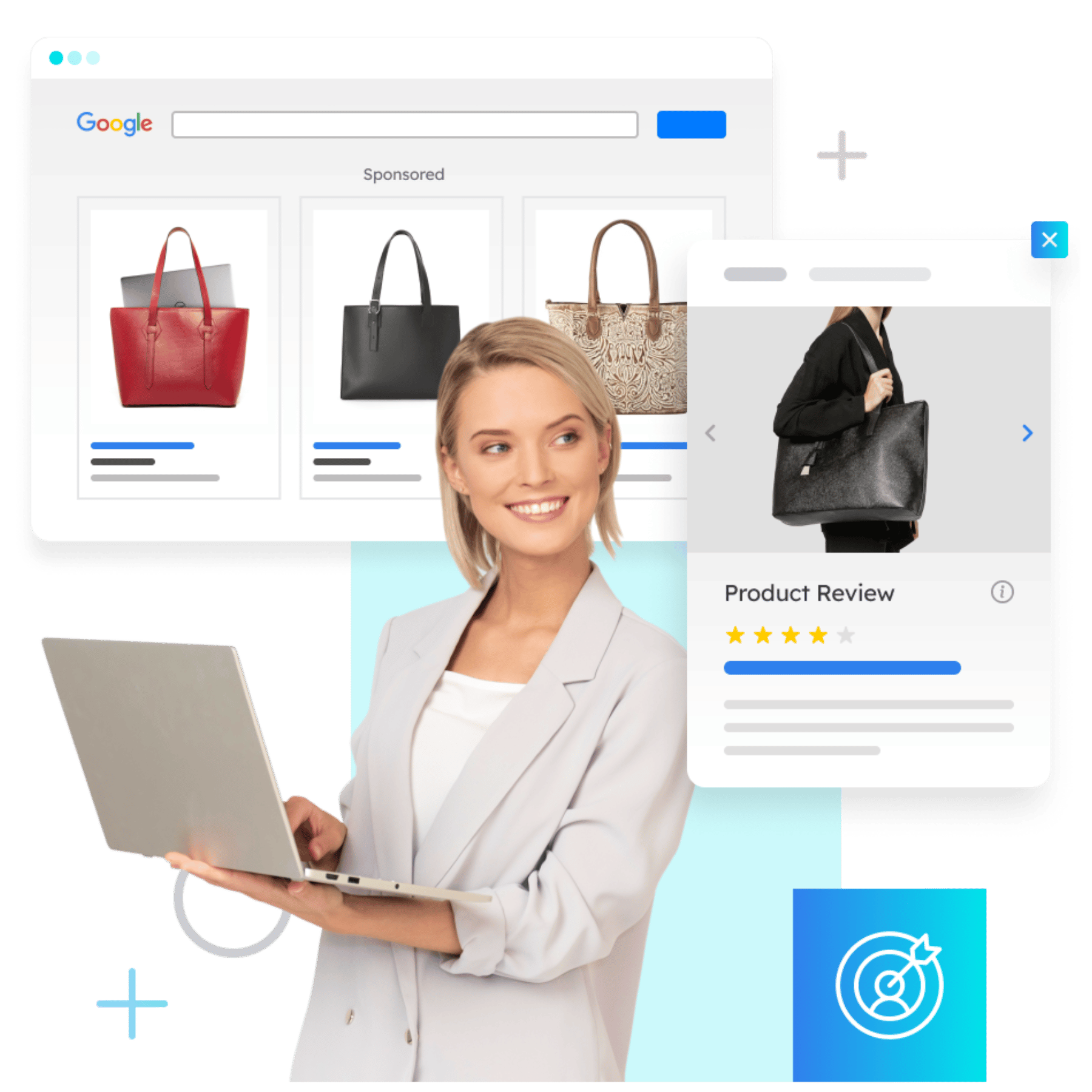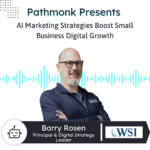
The harsh truth for most SaaS companies is that 95-98% of free users will never convert to paying customers, leaving businesses pouring resources into a model that struggles to justify its costs. This free-to-paid problem isn’t just about revenue—it’s a battle to prove value quickly, onboard effectively, and retain attention
The free-to-paid conversion rate is a critical metric, yet it’s one of the most misunderstood. In this article, we’ll break down what the average rate really looks like, why it’s so low, and what you can do to stay ahead of the curve.
Table of Contents
Why Free-to-Paid Conversion Rates Are a Crucial SaaS Metric
In SaaS solutions, free-to-paid conversion is the lifeline that turns free users into paying customers, directly impacting revenue growth and long-term business sustainability. While offering a free tier or trial is an excellent way to attract potential users and showcase your product’s value, the real challenge lies in converting those initial users into loyal, paying subscribers.
If that’s your case, rest assured: even the best SaaS products can struggle with this. Users often sign up for free trials or freemium plans out of curiosity but never make the leap to paid. Whether it’s due to unclear value propositions, poor onboarding experiences, or a lack of engagement during the trial period, the result is the same—users churn before ever converting.
The good news? Improving free-to-paid conversion rates isn’t a shot in the dark. With a few important tweaks, businesses can significantly move the needle on this critical metric. Stick around as we take a look into what the average free-to-paid SaaS conversion rates look like and, more importantly, how to improve them.
Freemium vs. Free Trial: How Do They Compare?
When it comes to converting free users into paying customers, SaaS companies typically choose between two popular models: freemium and free trials. Both offer a taste of the product, but the behaviors they foster—and the results they deliver—are vastly different.
Let’s dive deeper into how these models stack up:
Freemium: the long game
With a freemium model, users gain indefinite access to a limited version of your product at no cost. This approach attracts a broad audience, from those curious about your platform to users simply looking for free solutions. While freemium models can drive massive adoption, they often struggle with low conversion rates, typically landing between 2% and 5%.
What works:
- Freemium models are particularly effective for scalable, low-cost products where large user volumes offset lower conversion rates.
- Canva’s freemium model is a masterclass in subtle upselling. By integrating premium templates and features into the free user experience, Canva creates natural touchpoints that encourage upgrades without feeling pushy. This strategy has helped them convert 6% of their free users, surpassing the average.
Challenges:
- Freemium users often lack urgency, spending weeks or even months exploring the free tier before deciding to upgrade—if they ever do.
- “Free-riders” can drain resources, relying indefinitely on the free version without contributing to revenue.
Free trial: the fast track
In contrast, a free trial offers users full access to your product for a limited time, creating a sense of urgency. This model attracts users with higher purchase intent, leading to faster and higher conversion rates, often ranging from 10% to 25%.
What works:
- A shorter trial—such as 7 days—can sometimes outperform a 30-day trial because it encourages immediate engagement. Studies show that longer trials often lead to procrastination, reducing conversion rates.
- HubSpot’s 14-day free trial pairs users with onboarding specialists who guide them through setting up workflows and seeing tangible results. By ensuring users experience value before the trial ends, HubSpot achieves conversion rates on the higher end of the spectrum.
Challenges:
- Free trials typically attract fewer users overall due to the higher barrier to entry, such as requiring credit card details upfront.
- For complex SaaS products, the limited time frame can make it difficult for users to fully explore the platform, leading to drop-offs.
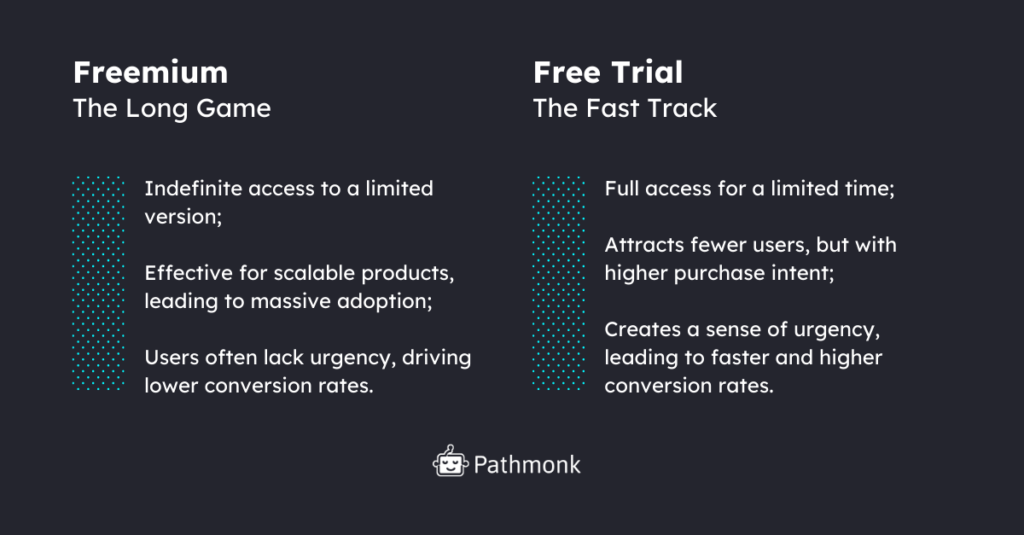
What is the Average Free-to-Paid SaaS Conversion Rate?
Free-to-paid conversion rates in SaaS generally fall between 2% and 5% for freemium models and 10% to 25% for free trials. However, these rates vary significantly depending on the industry. Below, we’ve categorized industries based on whether they typically perform above, below, or near the average, so you can better understand what to expect in your sector.
Industries with higher-than-average conversion rates
- Customer relationship management (CRM): CRM tools often outperform the average. Their ability to directly impact revenue generation and streamline customer management makes them highly valuable to businesses. Free trial conversion rates can exceed 20%, and freemium conversions typically land between 4% and 6%.
- Marketing automation: Marketing automation platforms see higher-than-average conversions, especially in free trials (up to 25%). These tools demonstrate measurable value quickly, such as improved campaign performance and ROI, making upgrades an easy decision for users.
- E-learning (edtech): EdTech platforms perform well above average due to the continuous nature of learning and skill-building. Freemium conversions range between 5% and 8%, while free trials often convert at rates as high as 22%, as users progress toward specific educational goals.
- Accounting and finance tools: Products like bookkeeping or tax software frequently see above-average conversions because of their critical role in compliance and efficiency. Free trials convert at rates exceeding 20%, while freemium models hover between 5% and 8%.
Industries with lower-than-average conversion rates
- Cybersecurity: Cybersecurity tools typically struggle to meet average conversion rates due to their complexity and high stakes. Free trial conversion rates often range from 8% to 15%, while freemium rates are even lower, as businesses rarely rely on limited-feature security tools for critical needs.
- HR and recruitment: HR platforms generally convert below average, with free trial rates landing between 10% and 16%. The extended sales cycle and multi-stakeholder decision-making process make upgrades slower and less frequent. Freemium rates can fall as low as 2% to 4%.

Industries with mixed conversion rates
- Collaboration and productivity platforms: This category has varied performance. Business-focused tools like Slack or Asana often achieve above-average conversions, with free trials converting up to 20%. However, consumer-facing tools, such as personal task managers or note-taking apps, may fall below average, as free tiers often provide sufficient functionality for casual users.
- Design and creative tools: Creative platforms, such as graphic design software or video editing tools, also see mixed results. For professional users or businesses, free trial conversions can exceed 20%, as they often need access to advanced features to complete their projects. However, hobbyists or casual users may rely on freemium plans indefinitely, reducing conversion rates in this segment.
Grow your SaaS pipeline with personalized interactions
Leverage AI-powered personalization to increase qualified leads, demos booked, and purchases.
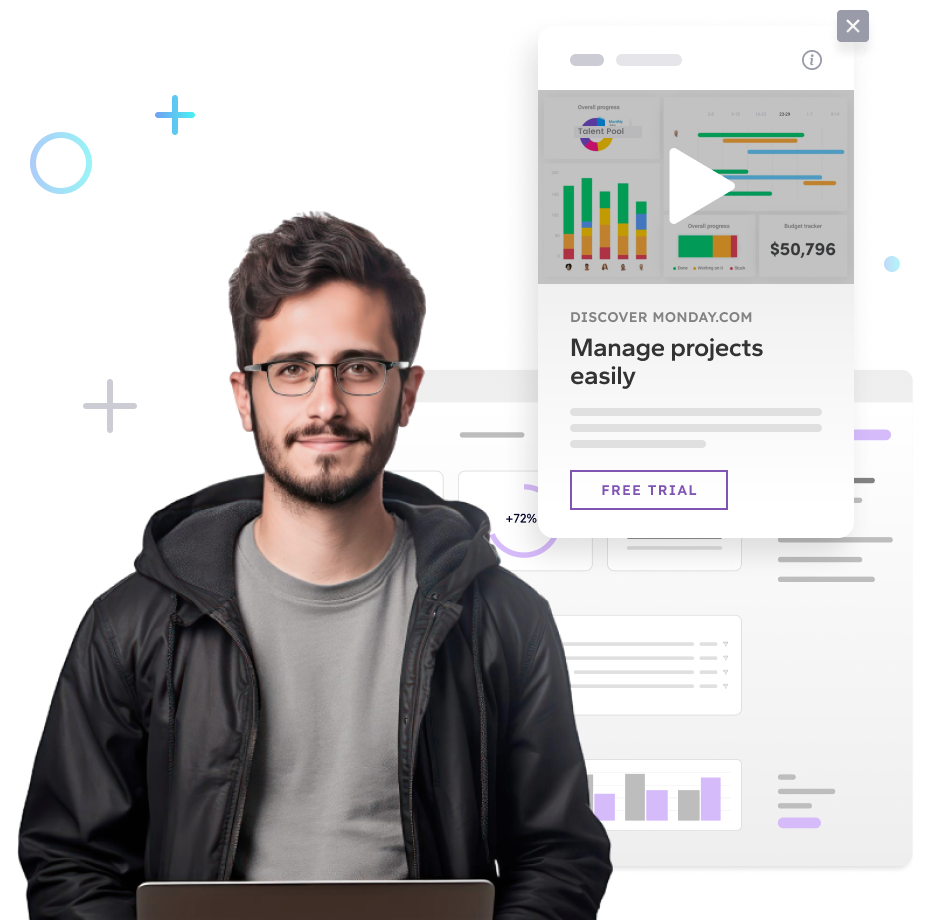
Factors That Impact SaaS Free-to-Paid Conversion Rates
Converting free users into paying customers is an art that juggles user experience, product value, and behavioral psychology. While every SaaS product hits differently with its industry, some key factors consistently influence conversion rates. Here’s a break down:
1. Onboarding experience
A smooth onboarding process is often the difference between users who explore your product fully and those who abandon it after a quick look. If users don’t understand your product’s value within the first few interactions, the likelihood of conversion plummets.
To provide a more thoughtful onboarding experience, you can:
- Use product walkthroughs, without overwhelming users with too much at once;
- Provide an early “aha” moment, like completing a meaningful task within the first session.
For example, Dropbox introduces users to their core value (file syncing) almost instantly, removing barriers like manual configuration or unnecessary tutorials. The faster you can get users to value, the better your conversion rates.
2. Time-to-value (TTV)
Users signing up for a trial or freemium plan aren’t looking for something to “eventually” solve their problem—they want results fast.
Complex products, especially B2B SaaS tools, are often at a disadvantage here because the path to realizing value can be longer. To combat this, use pre-set configurations, templates, or automated setups. Canva, for example, offers free users templates that are ready to customize immediately, ensuring they see results within minutes.
Longer TTV? Expect fewer conversions.
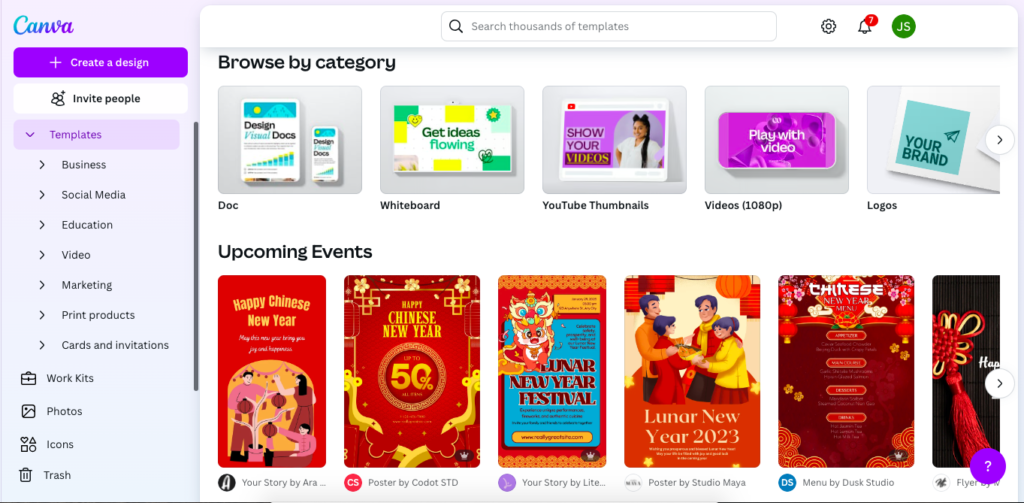
3. Pricing transparency
There’s nothing worse for potential customers than being confused or surprised by your pricing. If users can’t figure out the cost of upgrading or don’t see how pricing tiers align with their needs, you’re creating unnecessary friction.
- Make pricing pages easy to find and understand. Avoid vague phrases like “contact us for pricing.”
- Highlight upgrade features visually—simple tables or feature comparisons often work best.
- Experiment with limited-time offers to create urgency without seeming pushy.
Transparency is trust. SaaS users are often well-researched decision-makers, and unclear pricing makes them doubt your value.
4. Engagement during the free period
How many users sign up for a trial or freemium plan and then… disappear? Keeping users engaged during the free period is essential for driving conversions. You need to remind them of your product’s value consistently, without coming across as spammy.
For free trials models:
- Use drip email campaigns that highlight key features they haven’t tried yet.
- Send usage reports—e.g., “You’ve achieved X during your trial. Imagine what you could do with our paid plan!”
For freemium models:
- Leverage in-app notifications to suggest upgrades when they hit feature limits.
- Offer exclusive content or perks to nudge them toward paying.
5. User intent and fit
Not every free user is a potential paying customer, and that’s okay. Freemium models, in particular, tend to attract a mix of curious explorers, value-seekers, and genuinely interested buyers. Identifying high-intent users early can help you focus your efforts where they’ll have the most impact.
For example, some SaaS products use initial signup forms to gauge user intent by asking questions about business size or primary goals. This allows for segmentation and more targeted engagement strategies.
On the flip side, low-intent users might still spread the word about your product, contributing to organic growth.
6. Product complexity
If onboarding feels like learning rocket science, users are unlikely to stick around long enough to see the value. For highly complex SaaS tools, you can:
- Provide clear and accessible resources, like step-by-step guides and video tutorials.
- Offer white-glove onboarding for trial users—sometimes, a personal touch makes all the difference.
Atlassian’s Jira, for instance, simplifies its robust project management features with pre-configured templates and guided tours, helping reduce the perceived complexity for new users.
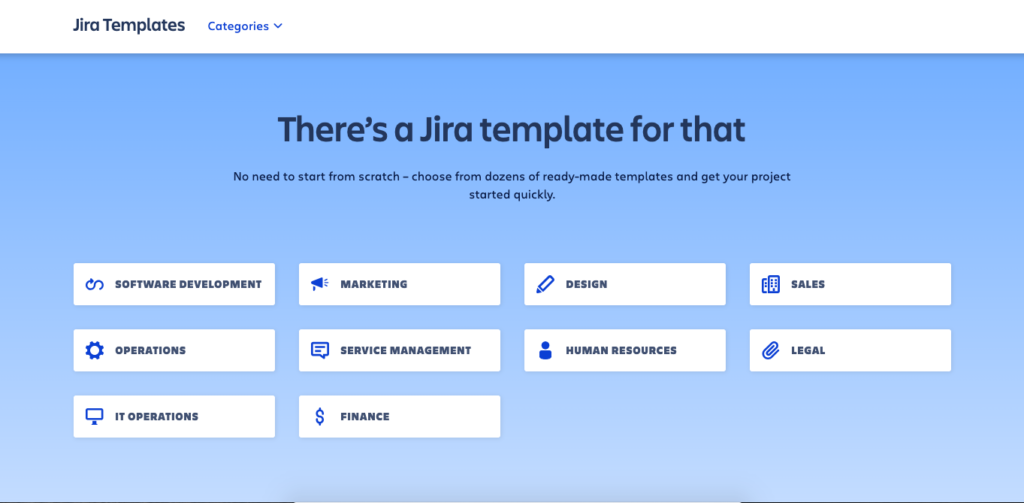
In contrast, simpler tools like Trello can rely on self-explanatory interfaces, proving that the best solution is often tied to the product’s design philosophy.
How Pathmonk Improves Free-to-Paid SaaS Conversion Rates
Pathmonk’s key impact lies in its ability to enhance prospect education about the product through personalized, intent-driven experiences. This deeper level of education aligns user expectations with the product’s capabilities, leading to higher adoption rates and reduced churn. Here’s how:
1. Personalized experiences drive product education
Pathmonk’s AI-powered intent detection doesn’t just personalize the user experience—it strategically presents videos, explanatory content, and other assets tailored to the user’s stage in the buying journey.
Free users often lack a complete understanding of the product, leading to mismatched expectations and lower conversion rates. By educating prospects in real-time, Pathmonk ensures they grasp the product’s full value and potential, making the transition to a paid plan more natural.
2. Expectation alignment improves adoption rates
Misaligned expectations are a leading cause of free-to-paid conversion failure. Pathmonk addresses this by proactively educating users, ensuring they enter the paid stage with a clear understanding of what they’re getting.
If a user repeatedly engages with certain features, Pathmonk might deliver an educational video explaining advanced uses of those features, helping them see how upgrading unlocks even greater value.
3. Reduced churn through informed users
Pathmonk’s approach also has a downstream effect: lower churn rates. When users are better educated during the free period, they’re less likely to be disappointed or overwhelmed post-conversion.
Educated users are more likely to adopt the product effectively, integrate it into their workflows, and stick with it long-term, boosting lifetime value (LTV).
How this directly impacts conversion rates
- Enhanced product knowledge: Users experience the product’s value firsthand through personalized education, making the upgrade decision more informed and confident.
- Higher intent-to-purchase: By addressing user questions and doubts in real-time with relevant educational content, Pathmonk increases the likelihood of conversion.
- Stronger post-conversion retention: Educated users are more likely to stick with the product, creating a positive feedback loop that reinforces the success of the free-to-paid model.
Increase +180%
leads
demos
sales
bookings
from your website with AI
Get more conversions from your existing website traffic delivering personalized experiences.
